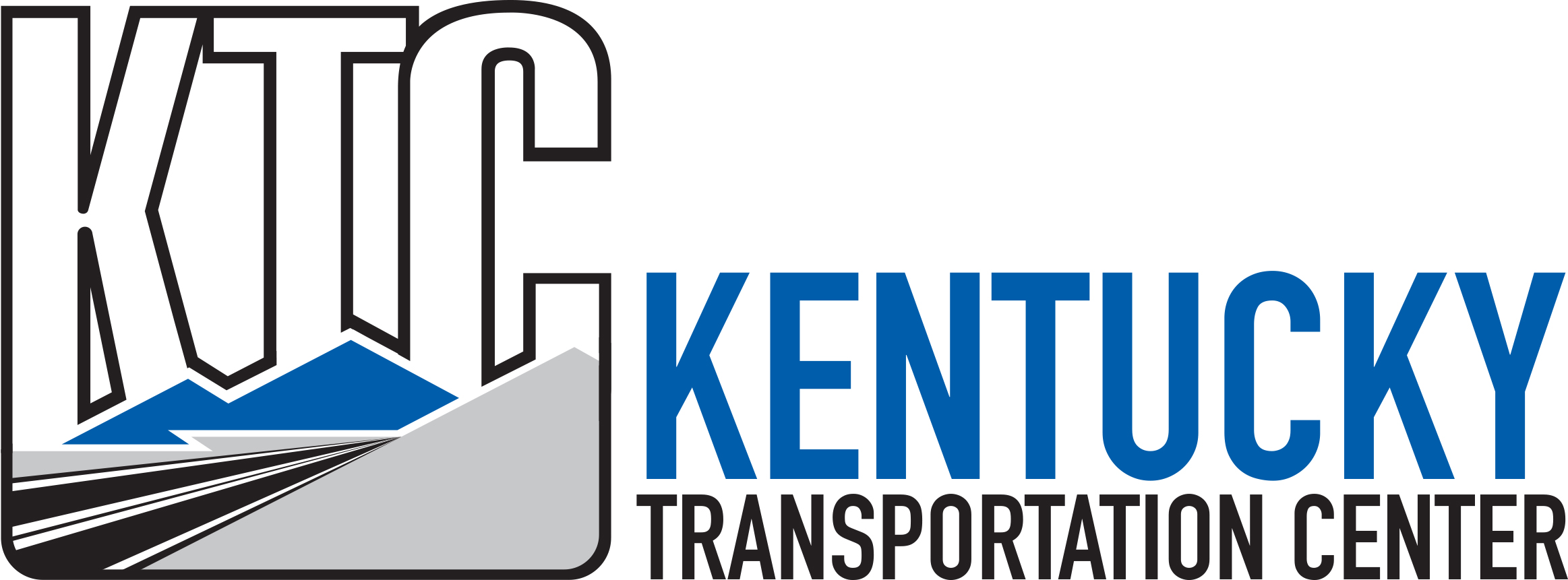Abstract
In an effort to improve work zone safety and streamline traffic flows, a number of state transportation agencies (STAs) have experimented with the zipper merge. The zipper merge differs from a conventional, or early, merge in that vehicles do not merge into the lane that remains open immediately after being notified of a lane closure. Rather, vehicles continue to occupy all lanes until they reach the taper, at which point — and directed by signage — vehicles take turns merging into the open lane, creating a zipper pattern. At the request of the Kentucky Transportation Cabinet (KYTC), Kentucky Transportation Center (KTC) researchers reviewed the performance of the zipper merge as documented in case studies from other states and analyzed two instances of the zipper merge being implemented in Kentucky. Previous studies found zipper merges are optimal on roadways with heavy traffic, whereas the conventional merge is preferable for uncongested and low-volume roadways. The case studies used a blend of quantitative and qualitative, observational data; researchers investigated the performance of zipper merges installed on Interstate 275’s Carroll Copper Bridge and KY 9’s Taylor Southgate Bridge. For the I-275 bridge, KTC researchers were able to compare the early merge configuration to the zipper merge. Here, the zipper merge brought about minor, although statistically insignificant, improvements in traffic flow and roadway safety. Analysis of the zipper merge on the Taylor Southgate Bridge relied more heavily on qualitative data, as the zipper merge was installed from the outset of the study and no comparison to an early merge could be made. The zipper merge appeared to improve traffic flow, reduce backups, and minimize the area impacted by construction. While neither case study offers definitive evidence that the zipper merge is significantly more effective than the early merge, they offer limited support for its use. On this basis, researchers suggest its continued implementation on other KYTC projects. Implementing the zipper merge elsewhere in Kentucky will enable further data collection and potentially identify locations and situations for which the zipper merge is the most appropriate merging method.
Report Date
12-2017
Report Number
KTC-17-27/SPR16-526-1F
Digital Object Identifier
https://doi.org/10.13023/KTC.RR.2017.27
Repository Citation
Lammers-Staats, Erin; Pigman, Jerry G.; Howell, Brian K.; and Kirk, Adam J., "Applicability of Zipper Merge Versus Early Merge in Kentucky Work Zones" (2017). Kentucky Transportation Center Research Report. 1593.
https://uknowledge.uky.edu/ktc_researchreports/1593



Notes
© 2018 University of Kentucky, Kentucky Transportation Center
Information may not be used, reproduced, or republished without KTC’s written consent.
The contents of this report reflect the views of the authors, who are responsible for the facts and accuracy of the data presented herein. The contents do not necessarily reflect the official views or policies of the University of Kentucky, the Kentucky Transportation Center, the Kentucky Transportation Cabinet, the United States Department of Transportation, or the Federal Highway Administration. This report does not constitute a standard, specification, or regulation. The inclusion of manufacturer names or trade names is for identification purposes and should not be considered an endorsement.